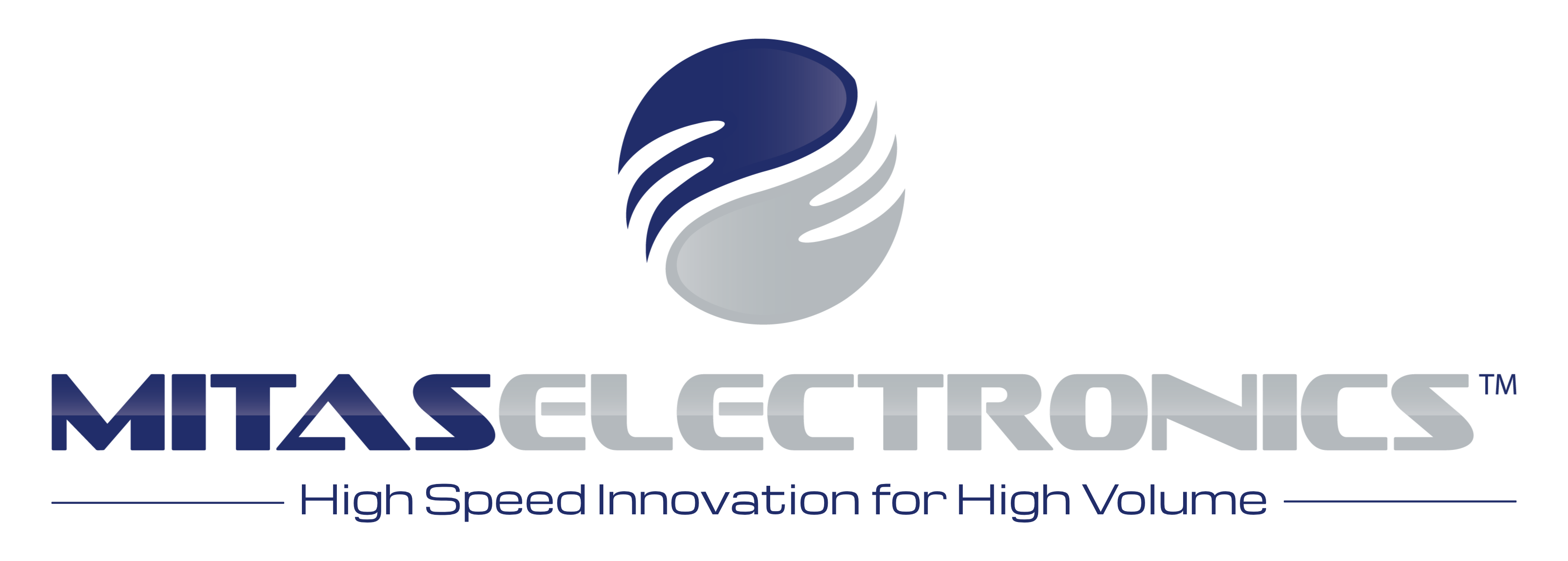In our last article, The Nuts & Bolts of Supply Chain Resilience (SCR), I outlined the key components of SCR. As a Six Sigma Black Belt, applying SCR to the market over the last 15 years has allowed Mitas Electronics to be brand agnostic and a single-source approved vendor for miniature high-speed cables. Let’s dig into the key components of SCR at Mitas.
Supply Chain Visibility
Supply Chain Visibility is provided to our customers in two ways: Capability to Promise (CTP) and Availability to Promise (ATP). While available-to-promise delivery considers existing material on hand for both purchased and manufactured items, capable-to-promise functionality also accounts for inbound purchase receipts, supplier lead times, alternative sourcing options, and raw material, production, and labor availability. Our manufacturing leaders have a daily huddle to report any supply chain concerns and how we might mitigate customer availability prior to raising a constraint.
Supplier Diversification
One of Mitas’ key differentiations even before the pandemic is Supplier Diversification. Our rule of thumb is to provide at least two sources for a minimum order of (50) pieces. This ensures continuity with product delivery. Large volume and Life cycle engagements with long-term clients may yield up to six difference sources for product – providing 3 or more location samples for approval within the first month of delivery.
Risk Mitagation
Our miniature high-speed cables are typically integral to our client’s devices ensuring connection to their video screens and internal components. Without our Mitas quality cable, the unit won’t function. Taking Risk Mitigation seriously requires lean and efficient inventory streams. Strategic stock purchases and cycling allow us to mitigate customer risks and manage lead times. Monitoring connector availability and new connector technologies allows us to stay on top of new and constrained connectors with a minimum order to ensure samples can be delivered. Mitas focuses on maintaining a balance of inventory against global lead times and awareness of raw goods availability. Our Field Application Engineering (FAE) allows us to consider alternative designs that can solve availability issues and maintain delivery.
Flexibility
When designing custom solutions, Flexibility in all aspects of the engineering, purchasing, quality, and delivery processing is paramount. Our operational systems provide visibility to all members of our team globally and our Manufacturing Reps rely on our ability to not just quote, but also to provide efficiencies in design, components, and supply. Our repeat clients provide Mitas permission to migrate volumes for premiums and discounts as are relevant to the customer’s needs. All in all, Flexibility is a never-ending quest for all components in addition to the build of the product. Flexibility is a key value-driver Mitas can consistently deliver at low and high volumes.
Collaboration
When manufacturing 100s of thousands of units monthly, it requires Collaboration in our home office as well as with our manufacturer reps, suppliers, and manufacturing partners. Some of this collaboration is electronic via business intelligence tools. Some of these collaborations require zoom call engagement to review drawings, supply chain charts, and raw materials projections. We welcome face to face interaction with our clients in the early engineering process and with the purchasing agents to map life cycle projections.
Continuous Improvement
Mitas is a much more SCR compliant organization today than it was 15 years ago when we launched. Even though I travelled globally and sat in the engineering, purchasing, and manufacturing design seats at large global companies, it is only through Continuous Improvement as a value that Mitas was able to grow and compete with the largest suppliers in the world. No longer a boutique engineering organization, our ability to fulfill global orders positions us as an innovator in the miniature high-speed cable market.
